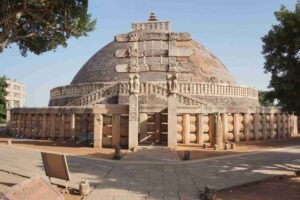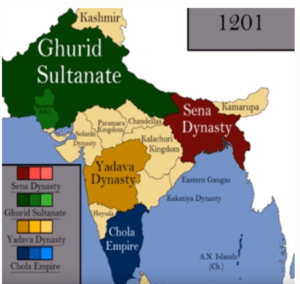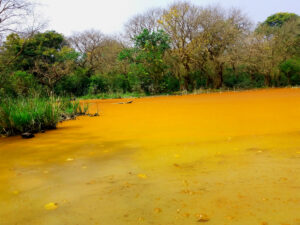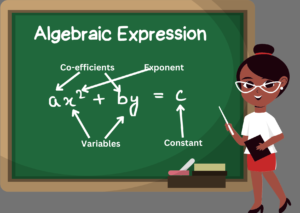Introduction
Numerous social reforms were brought about by the French Revolution of 1789 in the eighteenth century. Slavery was abolished in French colonies during that time, which was a remarkable development. Feudalism in France’s “Ancient Regime” was characterised by a high prevalence of slavery. Due to Europeans’ reluctance to work as plantation labourers, France built overseas colonies in the Caribbean as part of imperialism and began the slave trade for these colonies. Slavery, however, became a topic of discussion after the era of absolute monarchy ended and the National Assembly was established, and it still holds sway today. But once the Jacobins gained power, this subject once more gained attention, and in the end, slavery was outlawed in 1794.
Slavery
Humans were objectified and treated as property held by a master in the phenomenon known as slavery. Basic human rights were denied to these slaves, who lived under their masters’ orders. From the sixteenth century, slavery was widespread in France. More than a thousand slaves were exported from Africa at the beginning of the seventeenth century, which marked the beginning of the slave trade. In the Caribbean colonies of Saint Domingue, Martinique, and Guadeloupe, French plantation owners had access to favourable climatic conditions for the cultivation of cash crops like tobacco, sugar, coffee, and indigo. While all of these plantations needed more labour, Europeans themselves were unwilling to relocate to these foreign countries and work in these plantations.
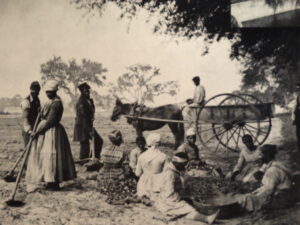
Due to the labour deficit, the triangular slave trade between Europe, Africa, and America was made possible (including north and south America). French traders used to set sail for Africa under this commercial system from French port cities like Bordeaux and Nantes. Slave merchants or dealers would purchase slaves from local chiefs in coastal areas of Africa, transport them inhumanely (with shackles and stamps) for three months across the Atlantic Ocean to the Caribbean, and then sell them to plantation owners there.
These slaves were overused or exploited to satisfy the rising needs for indigo, sugar, and coffee. In reality, Bordeaux and Nantes, two French port cities, experienced increased economic prosperity as a result of their participation in the expanding slave trade. And this is how slavery became so entrenched in France and its colonies abroad.
Movements Against Slavery
- Slavery was still a problem throughout the “Ancient Regime,” but it was criticised during the seventeenth century. Saint-Domingue, a French colony, was experiencing its slave insurrection at the same time that Haitian independence from France was being forged. As a result, Haiti became the first nation to be founded by slaves.
- After the autocratic monarchy was overthrown and a new constitution with the Rights of Man and Citizen was adopted, slavery became a contentious topic in the National Assembly during a time of political unrest.
- Now, it was debatable as to whether or not all French subjects, including those living in French colonies, should be granted human rights. However, none of the legislation was enacted because the National Assembly was afraid of the opposition from the middle class’s wealthier members, who were actively engaged in the international slave trade.
- The National Convention outlawed slavery in 1794 after the Jacobins gained control, and a statute was passed to free all slaves in French colonies. This ordinance was maintained for 10 years until the time of the Directory, but due to improper enforcement, Napoleon Bonaparte repealed it in 1804 and reinstated slavery.
- In the late eighteenth and early nineteenth centuries, England, a nation that had long resisted slavery, exerted consistent pressure on other European nations to stop trading in slaves or people treated inhumanely.
- However, other European nations, particularly France, continued to trade in slaves in secret. Additionally, a statute outlawing slavery was established in 1831, warning all European nations to outlaw the slave trade and insisting that coercive measures would be used against anyone found to be engaged in it.
- The Second Republic of France‘s provincial administration formed a commission to outlaw slavery as a result of the monarchy’s decline, and on April 27, 1848, they officially proclaimed the institution’s abolition.
Summary
The French Revolution of 1789 was one of the great revolutionary events, bringing about several changes in France’s social and political landscape as well as those of neighbouring nations. The elimination of slavery in France and the slave trade in French colonies was one of the Revolution’s notable outcomes. With the expansion of colonization, colonial powers like France engaged in the slave trade due to the lack of manpower in the colonies for plantation work. As a result, people were exploitatively transported from Africa to America as slaves. However, with the start of the Second Republic of France in 1848, slavery was once again abolished as a result of England’s pressure on other European nations to outlaw it.
FAQs
1.What was the ‘Ancient Regime’ in France?
Ans. Before the French Revolution, France had a sociopolitical system known as the “Ancient Regime.” In this system, society was split into three estates, and the dictatorial ruler of the nation held absolute control.
2.What do you understand by Imperialism?
Ans. Imperialism is a strategy for spreading power and dominance through the military conquest of the lands and political systems of other nations.
3.Why was the National Assembly Apprehensive about the Middle Class Passing any Law against Slavery in the 1790s?
Ans. Members of the Third Estate, which included the wealthy middle class and others who relied on the slave trade for their economic development, made up the National Assembly itself. Therefore, despite some of its members’ criticism, the National Assembly was unable to pass any legislation to stop the slave trade.
4. What does the French Second Republic Mean?
Ans. The term “Second French Republic” refers to the republican government that was established in France for a second time in 1848 as a result of the collapse of the Orleans monarchy. In 1852, this Second Republic came to an end.
5.Why did Napoleon Reintroduce Slavery in 1804?
Ans. Napoleon wanted to increase French colonial influence in the Caribbean. He needed a lot of labourers to colonise the Louisiana region of North America. In fact, in 1804, he indulged in trade and reinstated slavery. In a sense, it served as his plan for enlarging the French empire.

